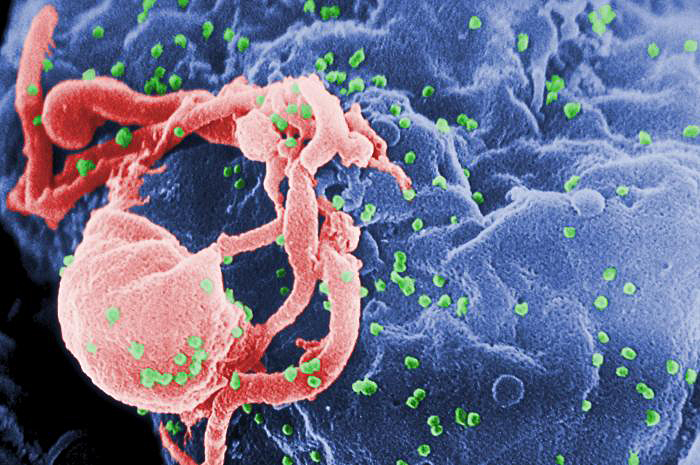HIV Diagnoses Drop in US Overall, But Increase in Young Gay Men

The number of people diagnosed with HIV each year in the United States has declined over the last decade overall, but there have been increases in diagnoses among certain groups, especially young gay men, according to a new study.
Researchers analyzed data on HIV diagnoses in the United States among people ages 13 and older between 2002 and 2011. During that time period, 493,372 people were diagnosed with HIV.
The yearly rate of HIV diagnoses declined by 33 percent, from 24 diagnoses per 100,000 people in the U.S. population in 2002 to 16 diagnoses per 100,000 people in 2011. In women, the diagnosis rate declined by nearly 50 percent.
The total number of yearly HIV diagnoses decreased as well, from more than 56,000 in 2002 to about 43,100 in 2011. [Top 10 Stigmatized Health Disorders]
However, HIV diagnoses increased among gay men in certain age groups. Among gay men ages 13 to 24, the number of yearly HIV diagnoses increased 132 percent, from 2,976 diagnoses in 2002 to 6,919 diagnoses in 2011. The number of yearly HIV diagnoses also increased by 5 percent among gay men ages 45 to 54, and 18 percent among gay men ages 55 and older.
"Disparities in rates of HIV among young men who have sex with men present prevention challenges and warrant expanded efforts," the researchers, from the Centers for Disease Control and Prevention, wrote in their study published this week in the Journal of the American Medical Association.
The researchers noted that the number of people who get tested for HIV affects the number of HIV diagnoses, so the expansion of HIV testing services can lead to an increase in HIV diagnoses. Still, the study found decreases in HIV diagnoses overall, despite the increase in HIV testing services during the study period. Also, young people tend not to get tested for HIV frequently, the researchers noted.
Get the world’s most fascinating discoveries delivered straight to your inbox.
Follow Rachael Rettner @RachaelRettner. Follow Live Science @livescience, Facebook & Google+. Original article on Live Science.

Rachael is a Live Science contributor, and was a former channel editor and senior writer for Live Science between 2010 and 2022. She has a master's degree in journalism from New York University's Science, Health and Environmental Reporting Program. She also holds a B.S. in molecular biology and an M.S. in biology from the University of California, San Diego. Her work has appeared in Scienceline, The Washington Post and Scientific American.


